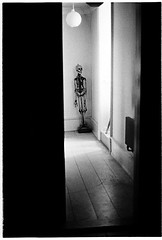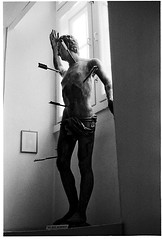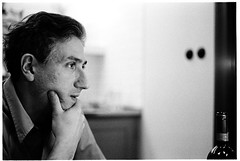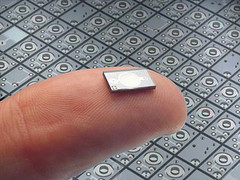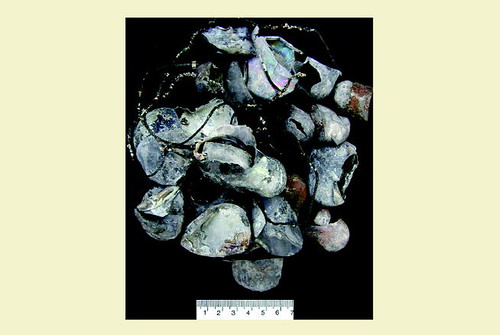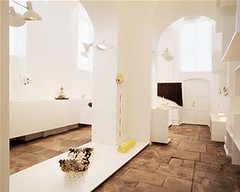Our own Jesper V. Kragh publicly defends his Ph.D. thesis “Det hvide snit: Psykokirurgi og dansk psykiatri 1922-1983″ [The White Cut: Psychosurgery and Danish Psychiatry, 1922-1983”] in the old auditorium of Medical Museion on June 1, 1-4 PM.
Based on close readings and statistical analysis of 50 years of patient records from one of the Danish national psychiatric hospitals, Jesper has described the introduction of methods such as malaria treatment, electroshock therapy and especially lobotomy in Danish psychiatric practice.
After some deliberations Jesper has chosen this photo of a stereotactical instrument as a web illustration — it was used in the 1960s and 1970s for precision brain surgery of psychiatric patients at Rigshospitalet [the National Hospital] in Copenhagen:
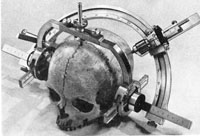
Thesis supervisor was Thomas Söderqvist, Medical Museion, University of Copenhagen, and the thesis was evaluated by Lene Koch, Dept of Public Health Services, University of Copenhagen (chairman) and external opponents Ingemar Nilsson, University of Gothenburg, and Roger Qvarsell, University of Linköping.
The defence starts at 13.00 and may continue for up to three hours. Come and listen — and join us for a glass of wine afterwards to congratulate Jesper to a very good thesis!
Here’s the summary of the thesis:

